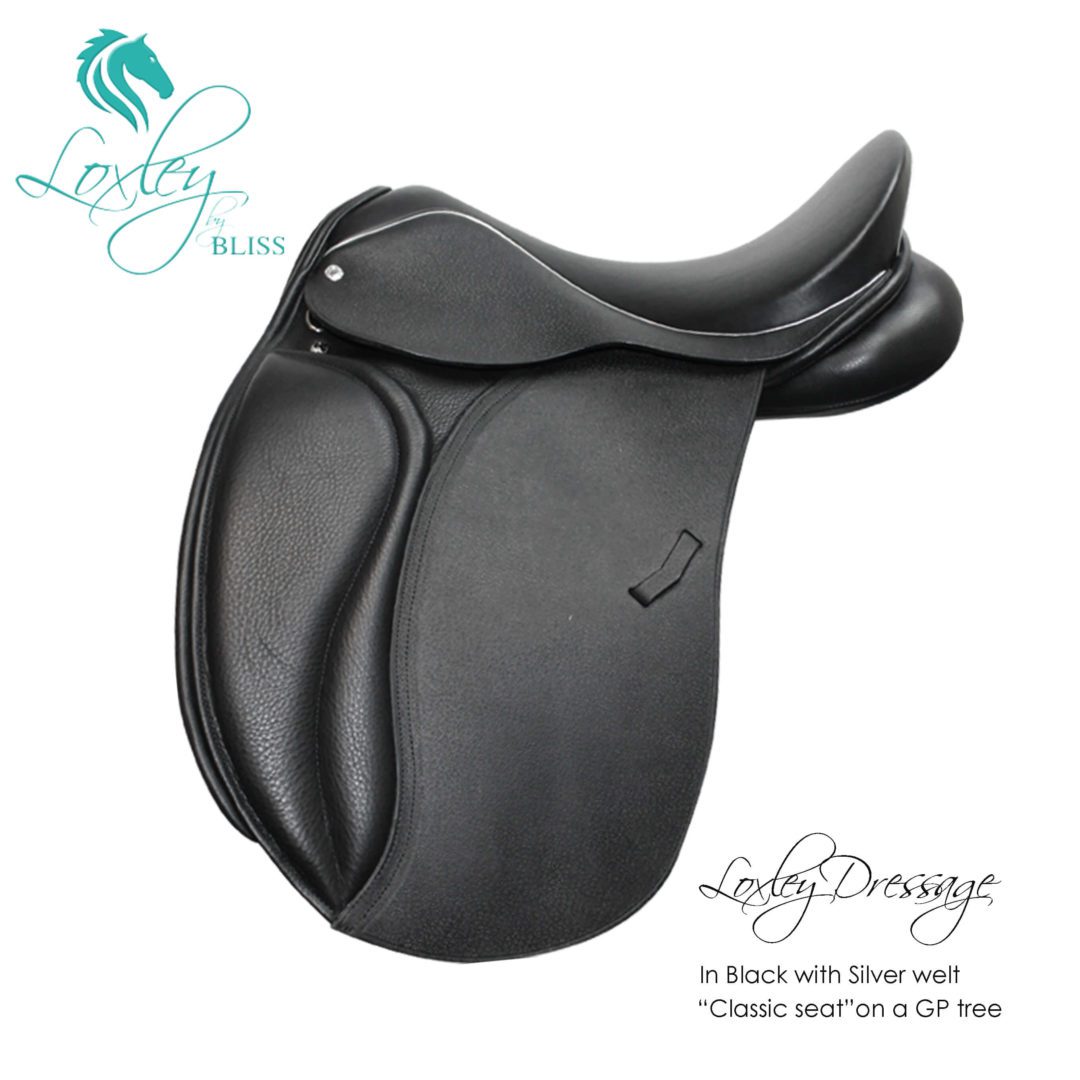I should thank you. You’ve just illustrated the point many of us have been trying to make regarding the blocks vs no blocks camps. Adamant no blocks riders insist there is something lacking in blocks riders skills. Blocks riders typically say “to each their own”. Without actually saying the words, you’ve pretty much just insulted anyone who does not ride in your flat saddle with pencil rolls.
I don’t care if your saddle works for you. I’m not going to think less or more of you for riding in it. But you obviously think less of anyone who uses blocks, including your “friend”. In one sentence you say it doesn’t make you better than your friend, but then spend an entire paragraph describing how she can’t ride and it’s crutch for her. Frankly, she likely “makes fun of you” because I’ll bet your superior attitude comes off in waves around her.
I don’t agree with your notion that riders should dumb a horse’s gait down to what they can handle. It’s actually the opposite of what we aim to do in dressage - make the horse’s gaits the purest and best that they can do while also adhering to the training, both classical and competitive dressage. Which are not mutually exclusive.
And to say that competition riders do not care about the art of dressage is incredibly insulting. There are plenty of non-competition riders who wouldn’t know the art of dressage if it ran over them. Plenty of competition riders do care about the art of dressage, but of course, not all of them. Stop lumping groups of people together to suit your agenda.


